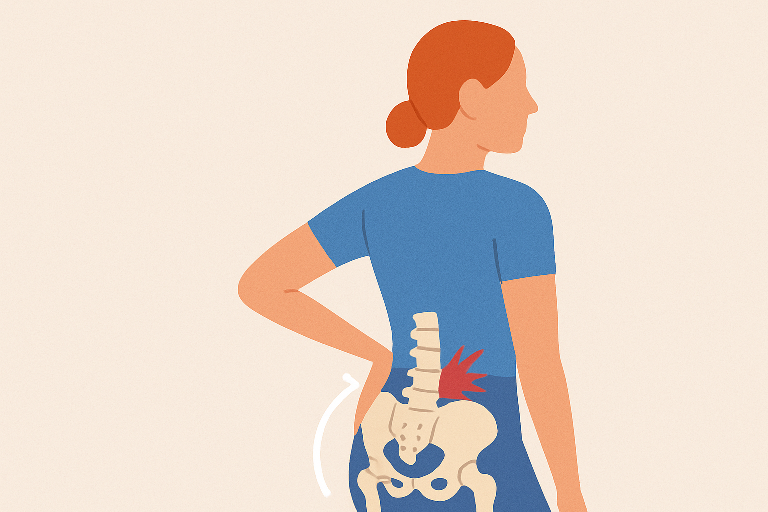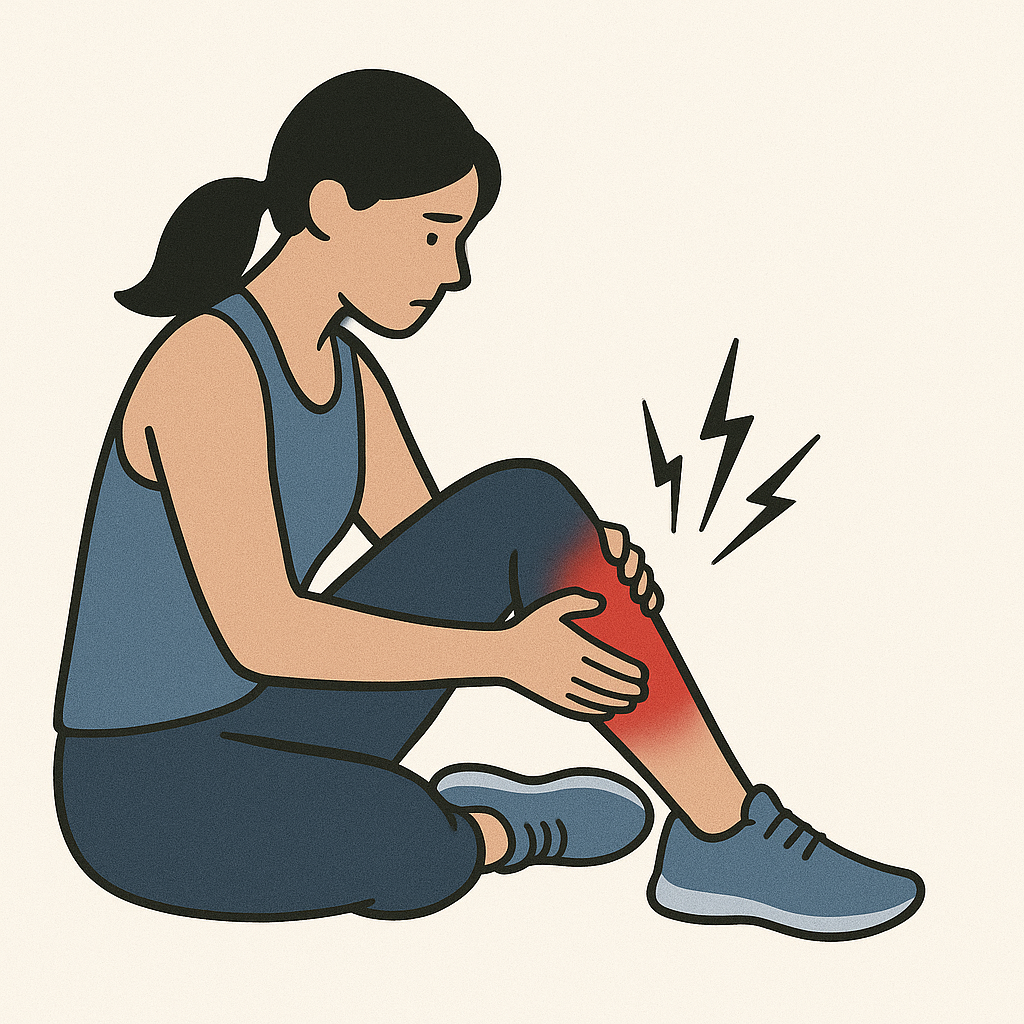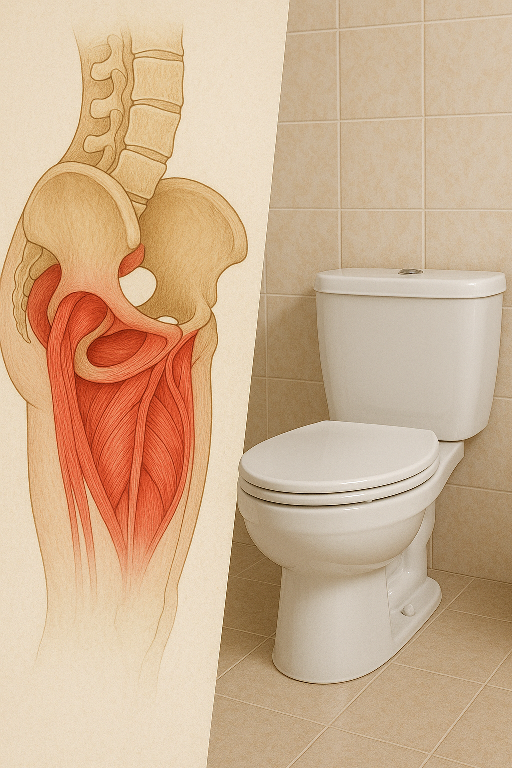
Fix Your Back with Hip Stretch
The Secret to Fixing Your Low Back Pain: It’s All in the Hips
You’ve been dealing with nagging low back pain. You’ve tried core work, pelvic tilts, dead bugs—you name it—but the discomfort keeps coming back. Sound familiar?
It might be time to stop pointing the finger at your spine and start showing some love to your hips.
Why the Hips Matter for Low Back Pain
Sure, low back strengthening and mobility play an important role in rehab, but focusing only on the spine may leave a big piece of the puzzle unsolved. The truth is, your hips and pelvis directly articulate with your lumbar spine. If your hips don’t move well, your low back often takes the extra load—and eventually, it complains.
In other words: if you’re ignoring your hip mobility, you may be setting yourself up for chronic back issues.
What the Research Says
Several studies highlight this close relationship between hip mobility and low back pain. A 2017 study found that individuals with low back pain had significant limitations in hip flexion and hip internal rotation range of motion. Another study showed similar results, also linking limited hip extension to low back pain.
The takeaway? People with stiffer hips often experience more back pain. While more research is needed, the evidence so far makes a compelling case: when your hips are restricted, your spine is forced to pick up the slack.
Treat the Body, Not Just the Pain
Back pain isn’t just a “back problem.” It’s a whole-body issue. By addressing the hips, you can restore balance, reduce compensations, and finally give your spine a break.
That’s why in Comprehensive Orthopedic Physical Therapy, we don’t just strengthen the core—we target hip mobility head-on.
Try These Hip Mobility Exercises
Here are a few of our go-to movements to unlock your hips and relieve low back tension:
- 90/90 Hip Rotations – improve hip internal and external rotation
- Hip Flexor Stretch with Posterior Pelvic Tilt – restore extension while protecting the spine
- Deep Squat Holds with Support – open up the hips and train better movement patterns
Adding these consistently to your routine can make a noticeable difference not just in your hips, but in how your back feels day-to-day.
Final Thoughts
If your low back pain just won’t go away, don’t keep hammering the same core moves and stretches. Instead, shift your focus to where the problem often begins: your hips. Improving hip mobility and strength can reduce stress on the lumbar spine, speed up recovery, and help you move pain-free.
Your back will thank you—and your hips will too.
? Reference: Prather, Heidi, et al. “Hip and lumbar spine physical examination findings in people presenting with low back pain, with or without lower extremity pain.” Journal of Orthopaedic & Sports Physical Therapy 47.3 (2017): 163–172.







